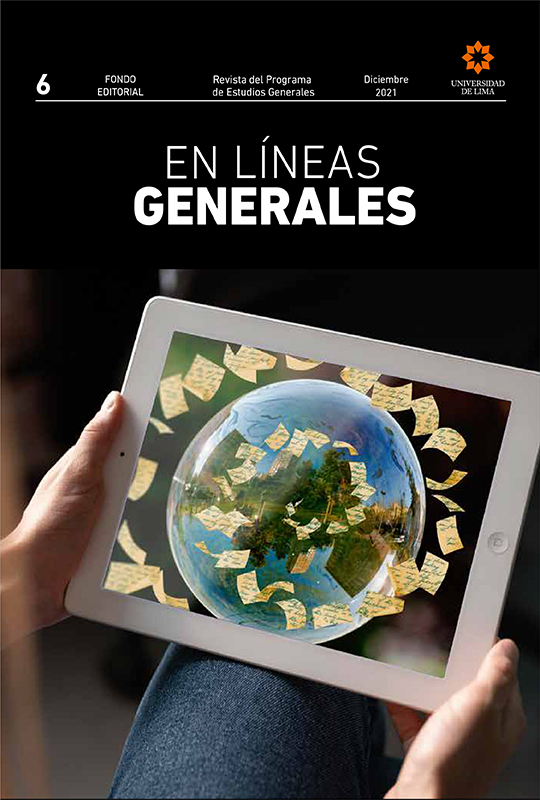Neighborhood as a trace of the past in peruvian modern narrative: Barrio de broncas, by José Antonio Bravo, and Final del Porvenir, by Augusto Higa
DOI:
https://doi.org/10.26439/en.lineas.generales2021.n6.5592Keywords:
Lima and modernity, urban narrative, urban imaginaries, time/space in the city, migration and subjectivitiesAbstract
This essay examines the novels Barrio de broncas (1971), by José Antonio Bravo (1937-2016), and Final del Porvenir (1992), by Augusto Higa (1946), as images of the notion of neighborhood, a space in which codes of
behavior and ethos are in risk facing the instability of modern life and the expansive image of the city. These texts brought upon the tensions and contradictions of a society that faces new social demands that undermine the model of progress. Surrounded by the overwhelming presence of andean inmigrants, an image of Lima is doomed to extinction in these narratives.
Downloads
References
Bravo, J. A. (1996). Barrio de broncas (Análisis e interpretación de la novela de M. Velando, y estudio del vocabulario de E. Foley). Bruño.
Carrillo, E. A. (2007). Cartas de una turista. En M. A. Rodríguez Rea (Ed.), Obras reunidas (pp. 21-100). Pontificia Universidad Católica del Perú.
Fernández-Maldonado, A. M. (2013). La marcha de las barriadas en la segunda mitad del siglo xx. En C. Aguirre y A. Panfichi (Eds.), Lima, siglo xx. Cultura, socialización y cambio (pp. 57-81). Pontificia Universidad Católica del Perú, Fondo Editorial.
Higa, A. (2007). Final del Porvenir. Editorial San Marcos.
Patch, R. W. (1973). La Parada. Estudio de un mundo alucinante. Mosca Azul.
Pérez Porto, J., y Gardey, A. (2013). Definición de barrio. Definición. de. https://definicion.de/barrio/
Prieto Sánchez, R. (2009). Guía secreta. Barrios rojos y casas de prostitución en la historia de Lima. Centro Cultural de España; Universidad Ricardo Palma.
Ramón Joffré, G. (2014). El Inca indica Huatica. En El neoperuano. Arqueología, estilo nacional y paisaje urbano en Lima, 1910-1940 (pp. 73-88). Municipalidad Metropolitana de Lima; Sequilao Editores.
Reynoso, O. (2011). Los inocentes. Estruendomudo.


